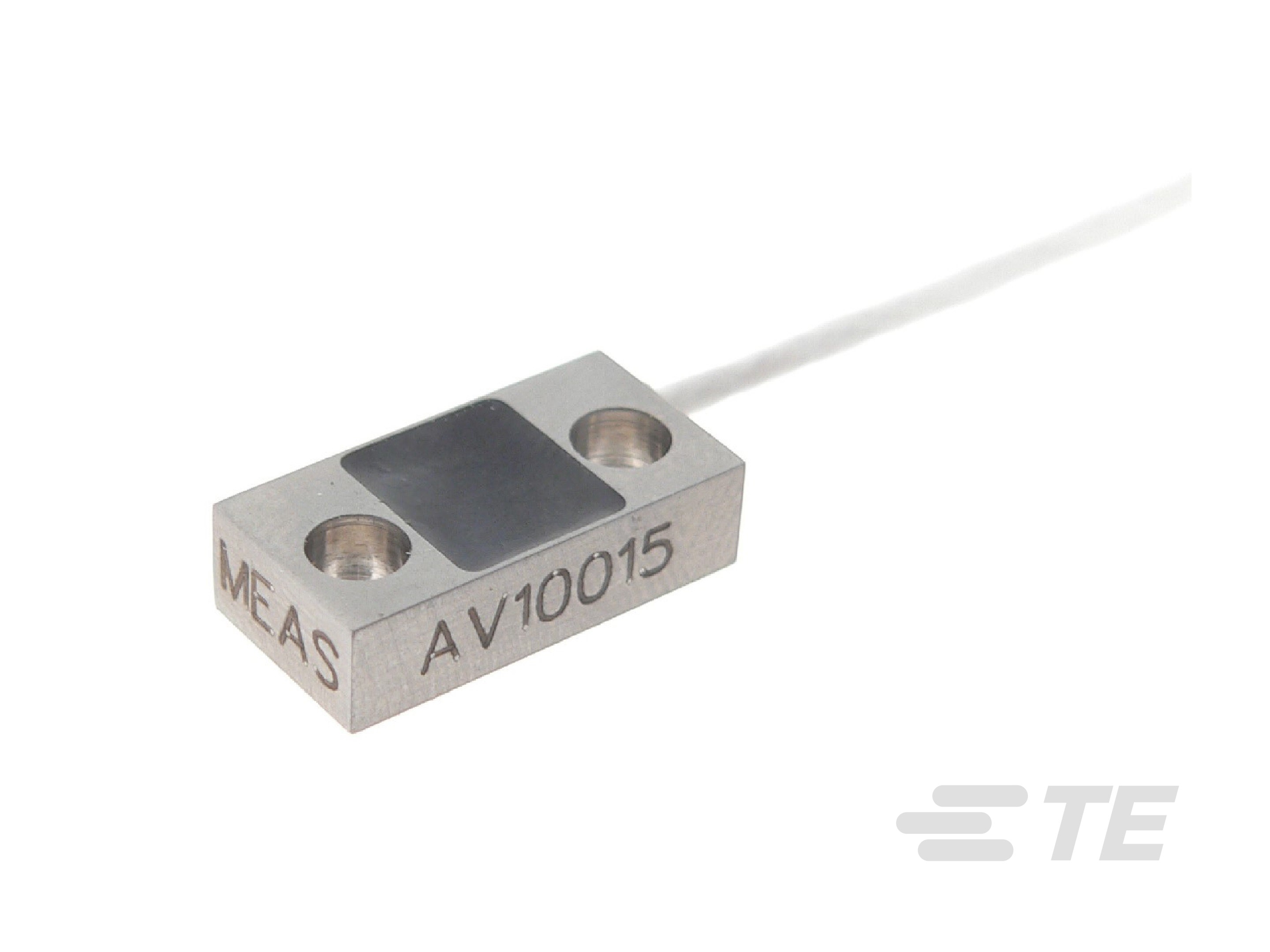What is an accelerometer?
Accelerometers measure the acceleration or vibration of a device or system. Physically, the accelerometer can be considered as nothing more than a weight on a spring which is connected to a frame. When the frame is moved, the mass will stay at rest until the spring, being stretched, can exert enough energy on the mass to make it move.
What is difference between piezo-electric (PE), piezo-resistive (PR) and variable capacitance (VC) accelerometers?
The word “piezo” comes from the Greek word “piezein” which means to press or squeeze. In this case, this refers to a basic characteristic of the material; when pressed or subjected to force, piezoelectric (PE) materials develop an electric charge and piezoresistive (PR) materials exhibit a change in resistance. Variable Capacitance (VC) sensors are essentially accelerometers that derive the acceleration measurement from a change in capacitance of a seismic mass moving between two parallel capacitor plates. These are the principles of operation of most accelerometers in use today.
What is the term damping referring to in piezo-resistive accelerometers?
By providing a narrow gap between two large moving plates, air is displaced, and this displacement slows the motion of the mass, thus damping the movement. If the gap is not well-controlled, the piezo-resistive accelerometer may be either grossly underdamped or overdamped. The problem with overdamping is the loss of useful bandwidth from the sensor. For underdamped devices, the accelerometer is more prone to signal distortion and breakage when excited near the peak response. For instance, a device with a Q of 10 will indicate 10 times gain at resonance and a 1g acceleration input will excite the seismic mass to 10g.


